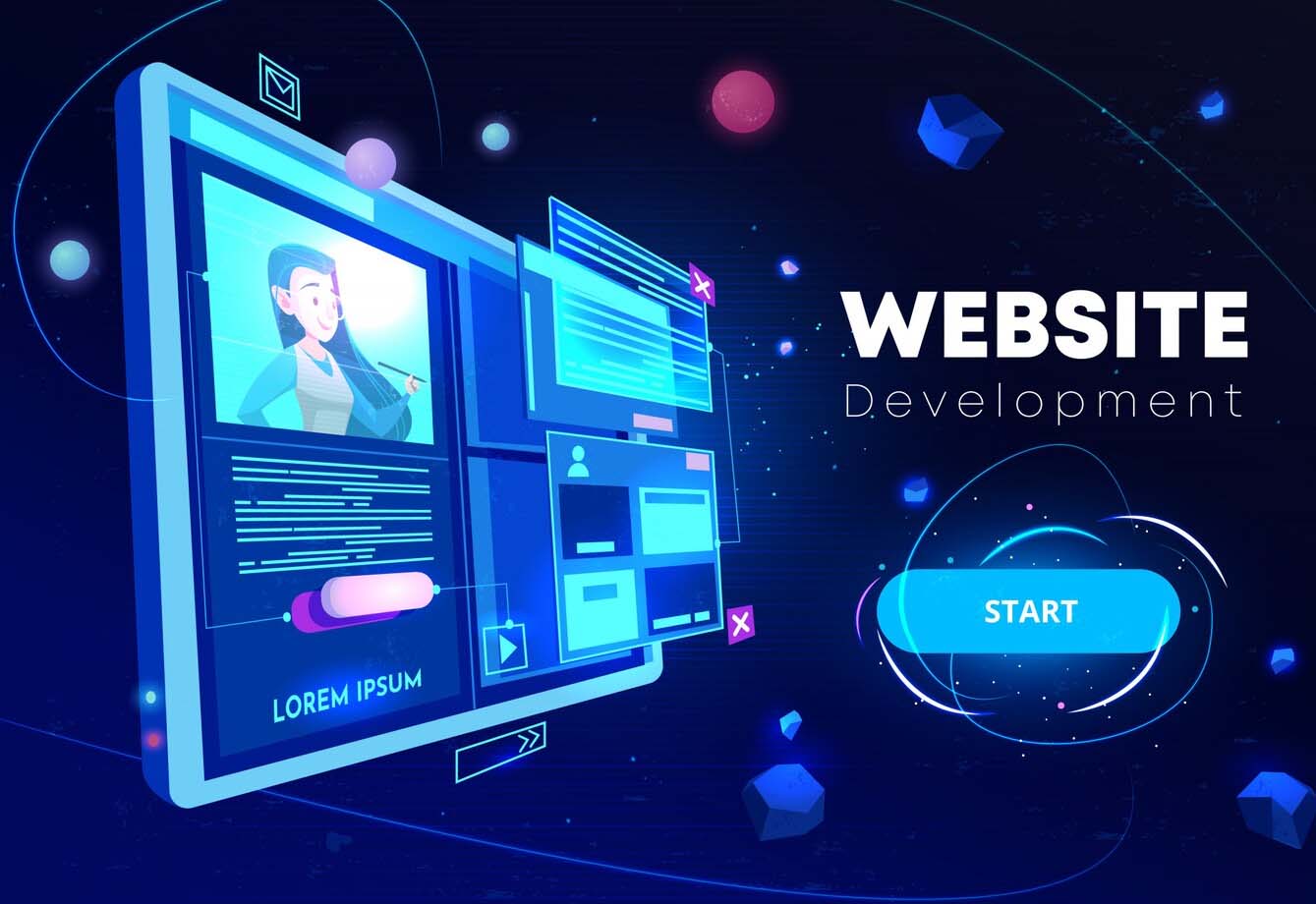In today’s digital period, having a heavy-duty online existence is important for entities and trades similarly. Whether you’re an aspiring entrepreneur looking to launch your first website or a seasoned professional aiming to revamp your online presence, understanding the intricate world of web design and development is paramount. In this comprehensive guide, we’ll delve into the essentials of web design and development, equipping you with the knowledge and tools needed to create stunning and functional websites that captivate audiences and drive success.
Before diving into the nitty-gritty of web design and development, it’s crucial to grasp the fundamentals. Web design encompasses the visual elements of a website, including layout, color scheme, typography, and imagery, all aimed at creating an aesthetically pleasing user experience. On the other hand, web development focuses on the behind-the-scenes functionality, involving coding languages like HTML, CSS, and JavaScript to bring designs to life and ensure seamless navigation and interaction.
The cornerstone of effective web design lies in crafting compelling and user-centric designs. Begin by conceptualizing the overall look and feel of your website, taking into account factors such as your target audience, brand identity, and business objectives. Utilize design principles such as balance, contrast, and hierarchy to create visually engaging layouts that guide users through your content with ease. Embrace responsive design techniques to ensure optimal viewing experiences across a variety of devices, from desktops to smartphones.
Smooth and intuitive navigation is essential for keeping users engaged and helping them find the information they need quickly. Structure your website’s navigation hierarchy logically, organizing content into easily accessible menus and submenus. Incorporate navigation aids such as breadcrumbs, search bars, and clear call-to-action buttons to streamline the user journey and encourage exploration. Conduct user testing to identify any pain points or usability issues and refine your navigation accordingly for a seamless browsing experience.
In an era where attention spans are fleeting, optimizing your website for performance and speed is paramount. Minimize loading times by optimizing images, leveraging browser caching, and reducing unnecessary scripts and plugins. Embrace techniques such as lazy loading and asynchronous loading to prioritize essential content and enhance overall responsiveness. Regularly monitor your website’s performance metrics using tools like Google Page Speed Insights and make necessary optimizations to ensure swift and smooth user experiences.
Content Management Systems (CMS) such as WordPress, Joomla, and Drupal provide powerful platforms for building and managing dynamic websites with ease. Choose a CMS that aligns with your technical proficiency and project requirements, offering a robust selection of themes, plugins, and customization options. Explore built-in features such as WYSIWYG editors, SEO tools, and user management capabilities to streamline content creation, optimization, and publishing workflows.
Generating complete and reachable web understandings is not only an ethical imperative but also a authorized necessity in many controls. Adhere to web accessibility standards such as the Web Content Accessibility Guidelines (WCAG) to ensure that your website is perceivable, operable, and understandable for users of all abilities. Implement features such as alternative text for images, keyboard navigation support, and semantic HTML markup to accommodate diverse user needs and foster inclusivity.
The landscape of web design and development is constantly evolving, with new technologies and trends emerging at a rapid pace. Stay abreast of industry developments by engaging with online communities, attending conferences and workshops, and exploring educational resources such as tutorials, courses, and documentation. Experiment with cutting-edge tools and techniques, from CSS grid layouts to progressive web apps, to push the boundaries of creativity and innovation in your web projects.
Wrap Up:
In conclusion, mastering the art of web design and development requires a blend of creativity, technical prowess, and user-centric thinking. By understanding the fundamentals, crafting compelling designs, optimizing for performance, harnessing CMS platforms, ensuring accessibility, and embracing continuous learning, you can create digital masterpieces that resonate with your audience and drive tangible results. So roll up your sleeves, unleash your creativity, and embark on the exhilarating journey of crafting captivating websites that leave a lasting impression.
Also Read: Navigating the Cyber Security Maze: A Comprehensive Guide for Users




